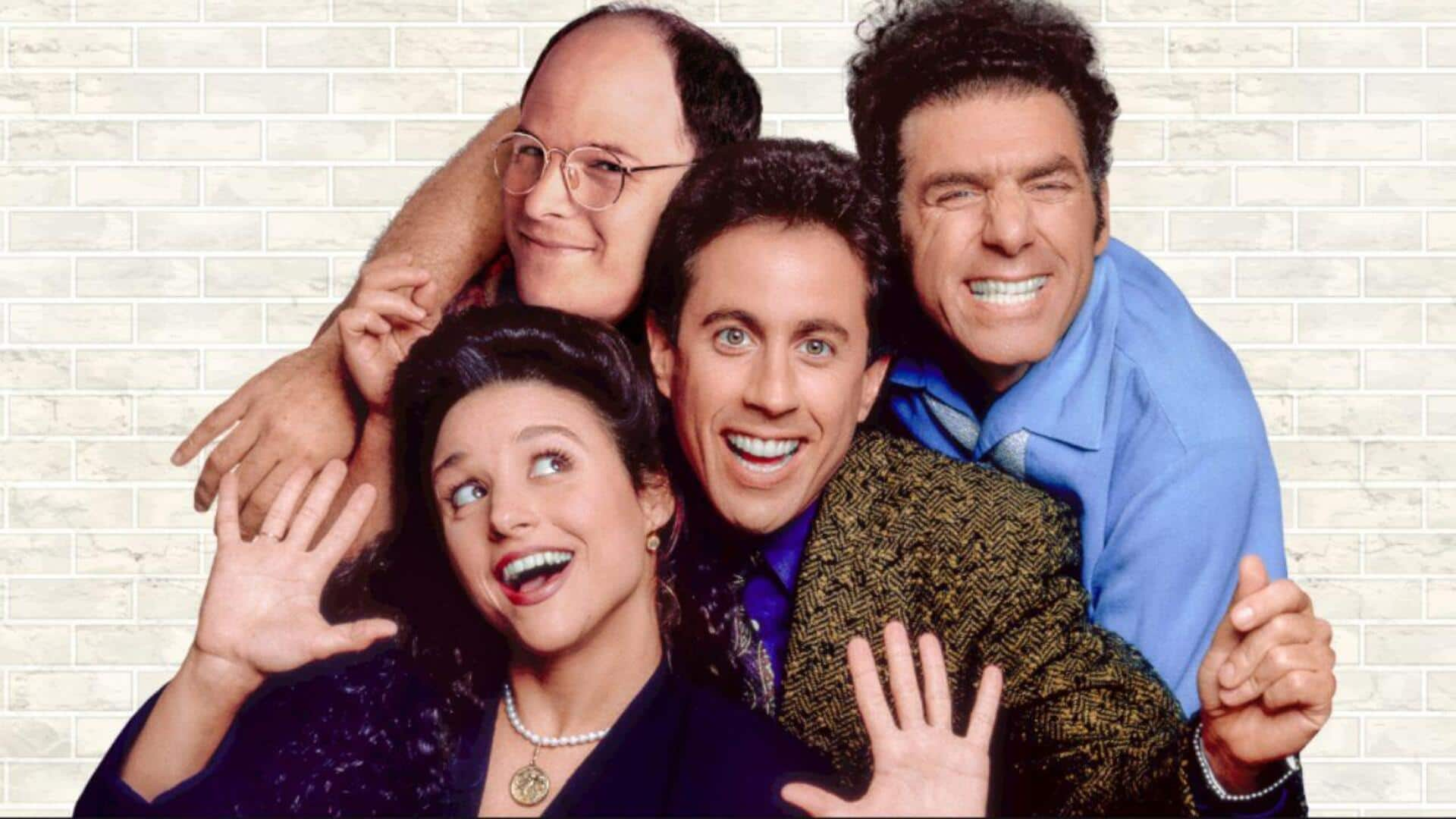
5 quirky writing secrets behind 'Seinfeld's' comic genius
What's the story
Though Seinfeld was a show about nothing, it soon became a cultural phenomenon, with its unique humor and storytelling. But as it turns out, the writing process behind the iconic series was as unconventional as the show itself. From brainstorming sessions to character development, the creators employed different methods to craft each episode. Here are five unusual insights into how Seinfeld was written.
Solo creativity
Brainstorming in solitude
Unlike many shows that depend on group brainstorming sessions, Seinfeld famously started with each writer coming up with ideas alone. This way, more personal and unique viewpoints could be honed before being introduced to the team. Writers would sit and think about everyday things and the stuff they saw, which eventually became relatable storylines. This solo method nurtured creativity without immediate influence.
Everyday observations
Real-life inspirations
The creators of the show took a lot from real life and mundane happenings for inspiration. Jerry Seinfeld and Larry David frequently used their own lives as fodder for episodes, making them relatable yet funny. By looking at what was happening around them, they created plots that connected with viewers across the globe. This practice of transforming everyday happenings into comic gold became Seinfeld's signature.
Focus on characters
Character-driven storylines
In Seinfeld, characters were at the core of every story, instead of merely being there for the plot's sake. The writers were so focused on giving every character a unique personality, the quirks and traits of the characters drove stories on their own. This character-driven approach made sure every episode was engaging, while humor and tone remained consistent throughout the series.
Team effort
Collaborative script refinement
Once initial drafts were completed by individual writers/pairs, scripts were collaboratively refined with everyone on board, including actors like Julia Louis-Dreyfus or Michael Richards, who offered invaluable input at table reads or rehearsals just days before production. This made sure the dialogue felt authentic within context scenes, improving the final product week after week, delivered to viewers.
Flawed humor
Embracing imperfection
The creators of Seinfeld gladly welcomed imperfections, be it in characters or scriptwriting, knowing that everything didn't require a perfect resolution. At times, leaving loose ends added charm and authenticity to the show's narrative style. This approach depicted real-life complexities and unpredictability, something that made it successful and long-lasting. Even decades after its original airing, it remains a timeless classic, still being enjoyed by new generations for its comedic brilliance.